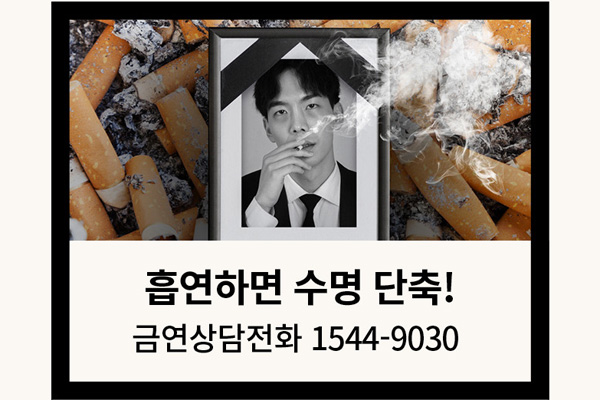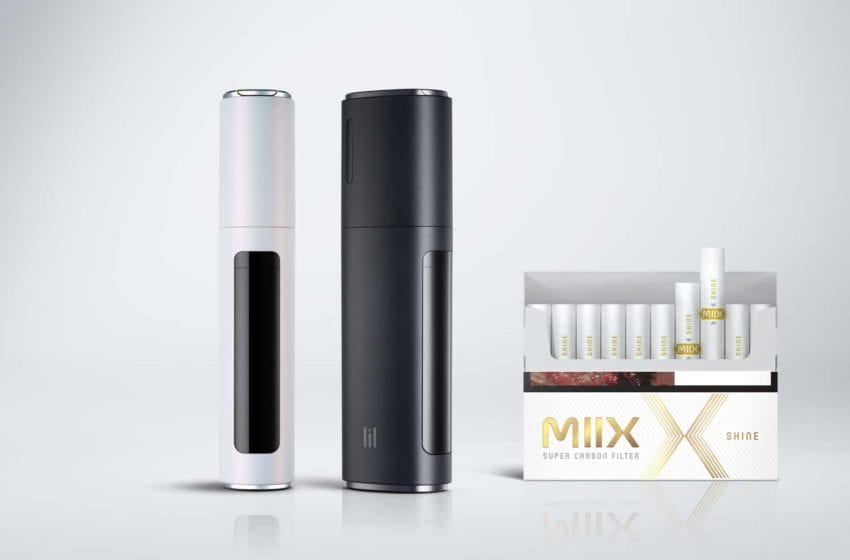
Cigarette manufacturers will have to start printing new graphic health warnings in late December, reports The Korea Herald, citing new regulations announced by the Ministry of Health and Welfare.
The ministry plans to distribute the updated manual for labeling health warnings on cigarette packaging today, as a follow-up to the government’s tobacco industry regulation revision passed in June.
New graphic health warnings specified in the document include a warning about second-hand smoking showing a rendered image of a newborn child sucking on a baby bottle stuffed with cigarette butts.
The new rules, which come into effect Dec. 23, impact vapor products, too. E-cigarettes manufacturers will be required to cover more than 50 percent of each pack with health warnings, officials said.




















